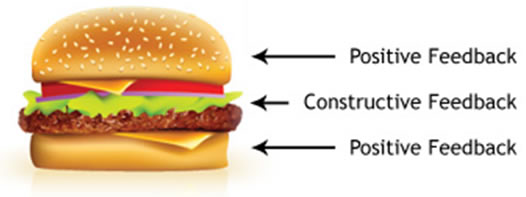- Home
- Shop
- Blog & News
- How to become an instructor?
- Instructor Resources
- Knowledge Base
- Instructing skills
- Need a RYA Instructor or Trainer?
Feedback Models


There are 100's of different Feedback Models available, choosing one that works for you is the most important as they should all have the same outcome of positive, constructive input that will help your student or instructor improve.

S.I.P.P.
- Sincere
- Incident based
- Positive
- Personal
Benefits - Building & Rewarding
W3
- W1 - What worked well?
- W2 - What did not work well?
- W3 - What could we do differently next time?
Benefits - Ensures best practice, motivated to change, don't lose sight of the good things.
S.L.C.
- Success
- Learn
- Change
Benefits - Clarity, Simplicity
B.R.O.F.F.
- Behaviour
- Reason
- Outcome
- Feelings
- Future Actions
P.E.A.R.
- Praise
- Examples
- Ask
- Reinforce
C.E.D.A.R.
- Context
- Examples
- Diagnose
- Ask
- Review
B.O.O.S.T.
- Balanced - Keep it neutral, don't make judgements or reply on subjective impressions. Give descriptive accounts of both positive and unhelpful behaviour.
- Owned - Use 'I' statements E.G. When you did X, I experienced Y, that made me feel Z - Use feedback to inform, not advise.
- Observed - Focus on what you see not what you believe. Rely on facts.
- Specific - Focus on behaviour not personality, What they did or said. Keep it simple.
- Timely & two-way - Take a close interest. Make opportunity for discussion.
S.T.A.R.
- Situation - What they were doing
- Task - What they should have been doing
- Action - What they did
- Result - The outcome
A.I.D.
- Action - What the person did
- Impact - The impact of that action
- Do - What you would like the person to do now
